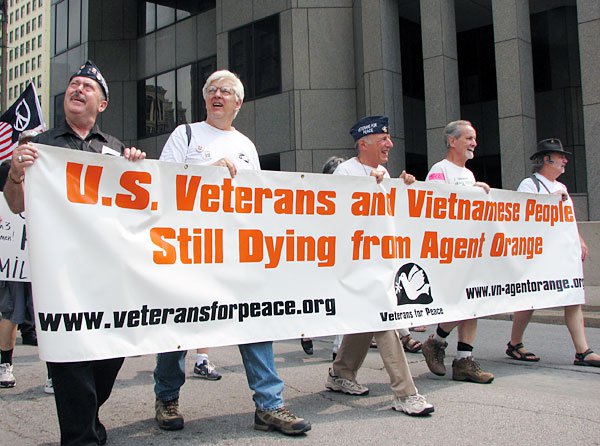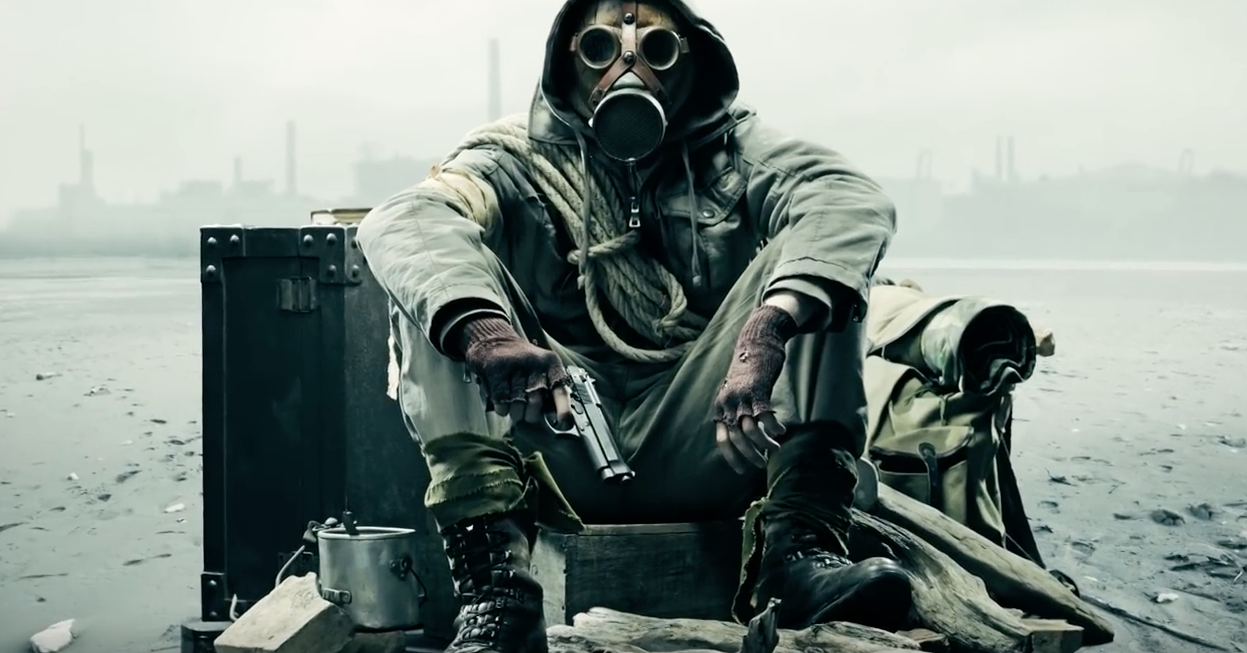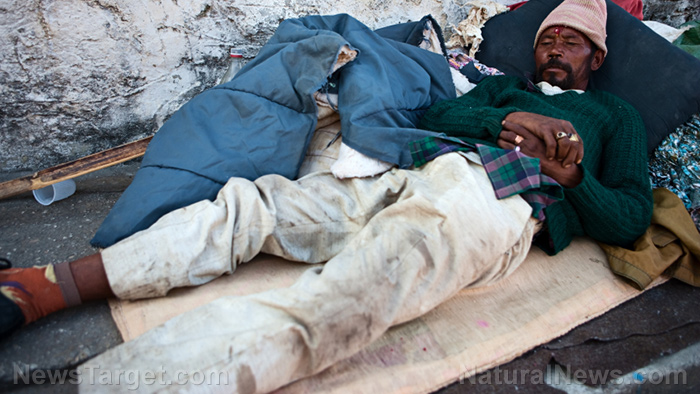40 Years later families are still fighting the deadly effects of Agent Orange
04/07/2017 / By Jayson Veley

From heavy machine guns to anti-aircraft turrets, napalm strikes to the atomic bomb, mankind has developed some of the most damaging and destructive weapons ever imaginable. Perhaps one of the most deadly weapons of all time is Agent Orange, a chemical mixture known to cause tumors, rashes, birth defects, psychological symptoms and cancer. Named for the orange stripe that was found on the containers that the chemicals were stored in, Agent Orange was used heavily by the U.S. military in the Vietnam War to destroy crops and forest cover, thereby exposing the Vietnamese soldiers seeking refuge beneath the treetops.
What’s unfortunate is that at first, the chemicals were not intended to have a direct effect on humans. The active ingredients in Agent Orange, including the herbicides 2,4-dichlorophenoxyacetic acid (2,4-D) and 2,4,5-trichlorophenoxyacetic acid (2,4,5-T), were originally only supposed to affect plant life. However, when this mixture was eventually contaminated by a toxic dioxin known as 2,3,7,8-tetrachlorodibenzodioxin, or TCDD, high temperatures formed an unintentional and dangerous by-product. Sadly, by the time anyone had realized that the Agent Orange had been contaminated, over 40 million liters of the chemical composition had been dumped on 12 percent of South Vietnam. (RELATED: Is USA Agriculture the new Vietnam Agent Orange?).
Even though the Vietnam War officially ended forty-two years ago in 1975, many people are still suffering from the physical and psychological effects of Agent Orange. According to The Vietnam Association of Victims of Agent Orange/Dioxin (VAVA) and reported by Reuters, just short of five million people in Vietnam have been exposed to the deadly chemicals and more than three million suffer from diseases as a result.
A few years ago, a photographer from New York by the name of Brian Driscoll traveled to Vietnam to get an in-depth look at the effects of Agent Orange on the people living there. Inspired to take the trip overseas by his uncle, a Vietnam veteran who himself was exposed to the deadly chemicals, Driscoll captured many photographs that revealed just how tragic the effects of Agent Orange really are.
One of his pictures, for example, showed two kids aged 14 and 15 sitting in the front area of their home and watching people pass by outside. One of the boys clearly has a deformed left foot, and the other appears to be suffering from some type of mental retardation.
Another one of Driscoll’s photographs shows an 11-year-old Agent Orange victim who, in addition to being blind, deaf, and incapable of speaking, was also bedridden. The child will be forced to suffer from these conditions for the rest of his life. Yet another more disturbing photo reveals a father standing behind his 12-year-old son, who is forced to lay down with his hands tied together to prevent him from compulsively tearing at his own face.
The terrible thing about Agent Orange is that it doesn’t simply go away at the end of one’s life. Even though the generation that was first exposed to Agent Orange during the Vietnam War will one day die off, the effects of the chemicals will be passed on from one generation to the next. That is why so many of the victims that Driscoll photographed during his stay in Vietnam were young children – they were born this way, and if they are able to reproduce, so too will their kids and grandkids.
Since the late 70s, dozens of lawsuits have been filed by war veterans who had been affected by Agent Orange. In the year 1991, President George H.W. Bush signed the Agent Orange Act, which made it so that diseases associated with exposure to chemicals would be presumed to be the result of a veteran’s service and therefore allow the veteran to receive benefits.
Sources:
Tagged Under: Agent Orange, toxic ingredients, Vietnam




















